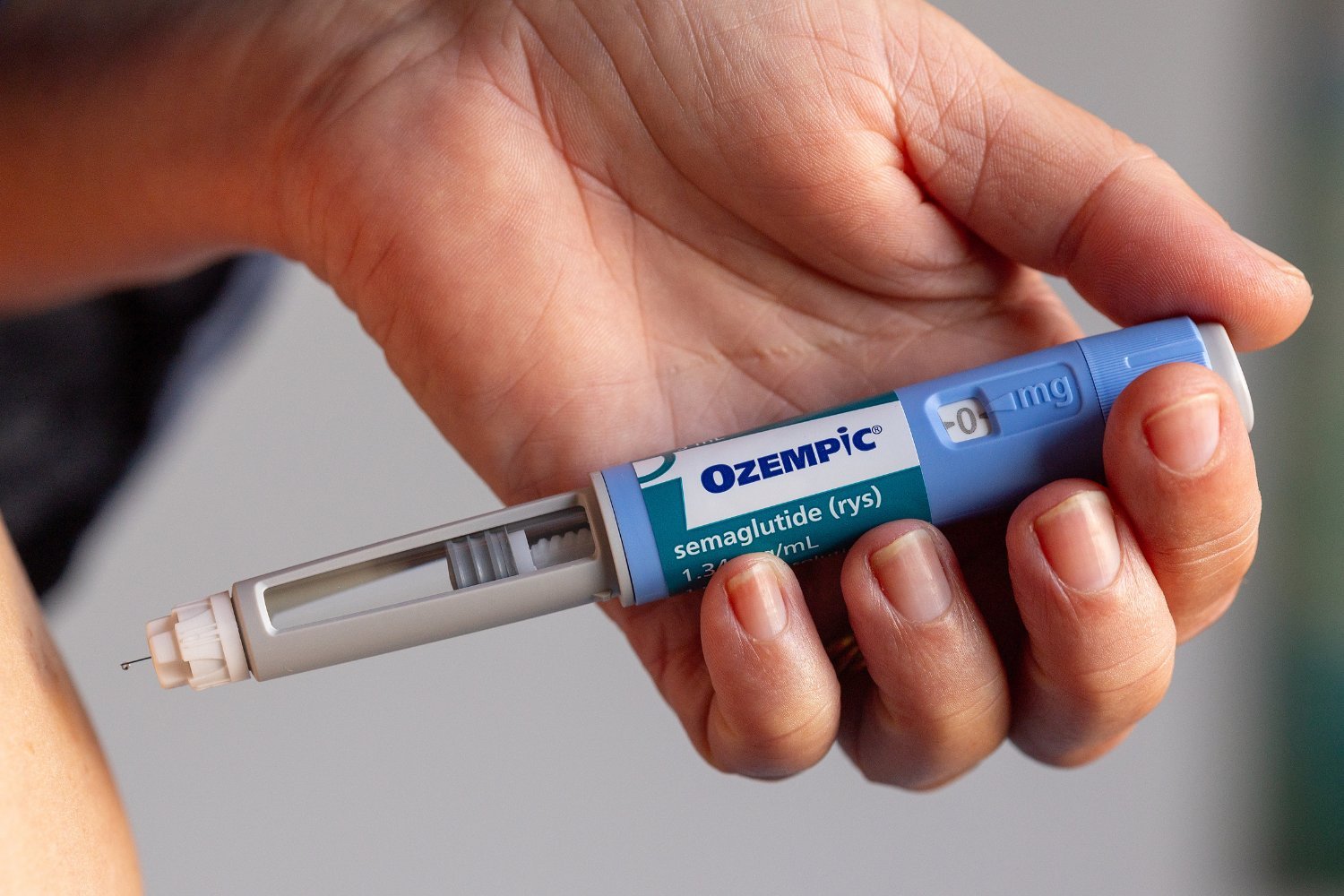Semaglutide, the active ingredient in Ozempic and Wegovy, is gaining attention for its potential beyond weight loss and diabetes management. A recent case study suggests it may also help individuals overcome cocaine addiction. Published in the Journal of Medical Case Reports, the study details a significant reduction in cocaine cravings in a patient undergoing semaglutide treatment. This finding adds to growing evidence that this class of medication could play a role in treating substance use disorders.
Semaglutide’s Expanding Role
Semaglutide and other GLP-1 receptor agonists are already recognized for their effectiveness in weight loss and type 2 diabetes treatment, often outperforming diet and exercise alone. However, some doctors have observed an intriguing side effect: patients reporting reduced urges for recreational drugs and other compulsive behaviors, like gambling and binge drinking. While previous studies primarily focused on alcohol and opioid dependence, this new case explores the potential of semaglutide in addressing cocaine use disorder.
Case Study Details
The case study, authored by Dr. Vincenzo Maria Romeo, describes a 54-year-old Italian man suffering from both cocaine use disorder and obesity. Dr. Romeo and his team initiated a 12-week semaglutide treatment plan to address both conditions simultaneously. By the end of the treatment period, the patient had lost approximately 12% of his body weight, consistent with typical results observed in clinical trials. Remarkably, he also experienced a 59% reduction in cocaine craving symptoms, measured using a standardized Cocaine Craving Questionnaire. The patient reported overall improved physical health, including increased energy and reduced joint pain, with only mild gastrointestinal side effects early in treatment, a common occurrence with GLP-1 medications.
Growing Evidence and Potential Mechanisms
While this is a single case study, it aligns with emerging research on GLP-1 therapy for substance use disorders. A recent controlled clinical trial investigating semaglutide for alcohol dependence also showed promising results, with participants experiencing significant reductions in cravings and alcohol consumption compared to a placebo group. Although the exact mechanism remains unclear, researchers suspect that GLP-1 receptors in the brain may influence responses to addictive stimuli.
Future Directions
Further research is needed to solidify the role of semaglutide in treating substance dependence, including studies specifically focused on cocaine abuse. However, these early findings offer hope for individuals facing both obesity and substance use disorders. Semaglutide may emerge as a powerful dual-purpose treatment in the near future. As Dr. Romeo concludes, “The findings suggest that semaglutide may be a promising therapeutic option for the management of substance abuse in patients with comorbid obesity.”











